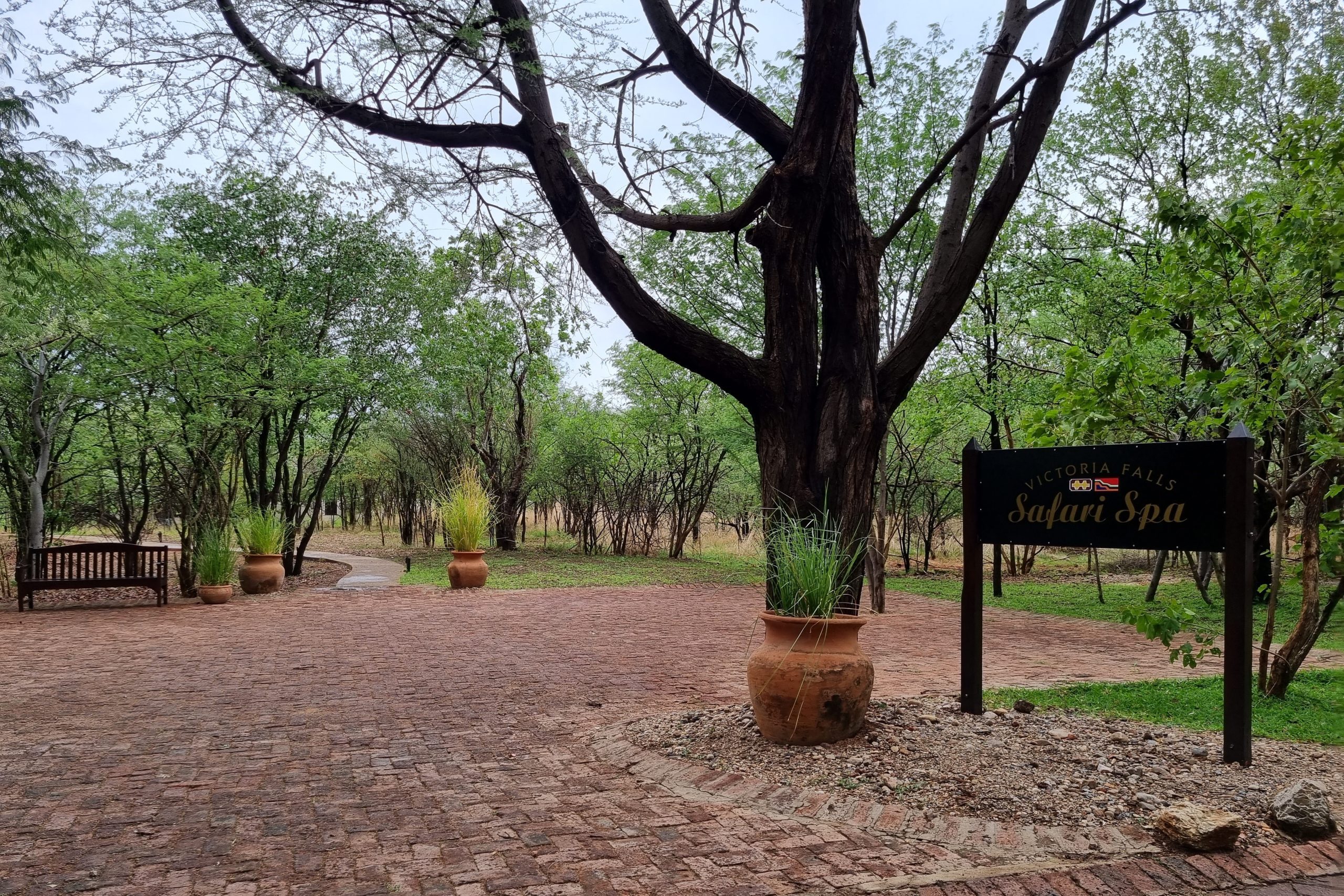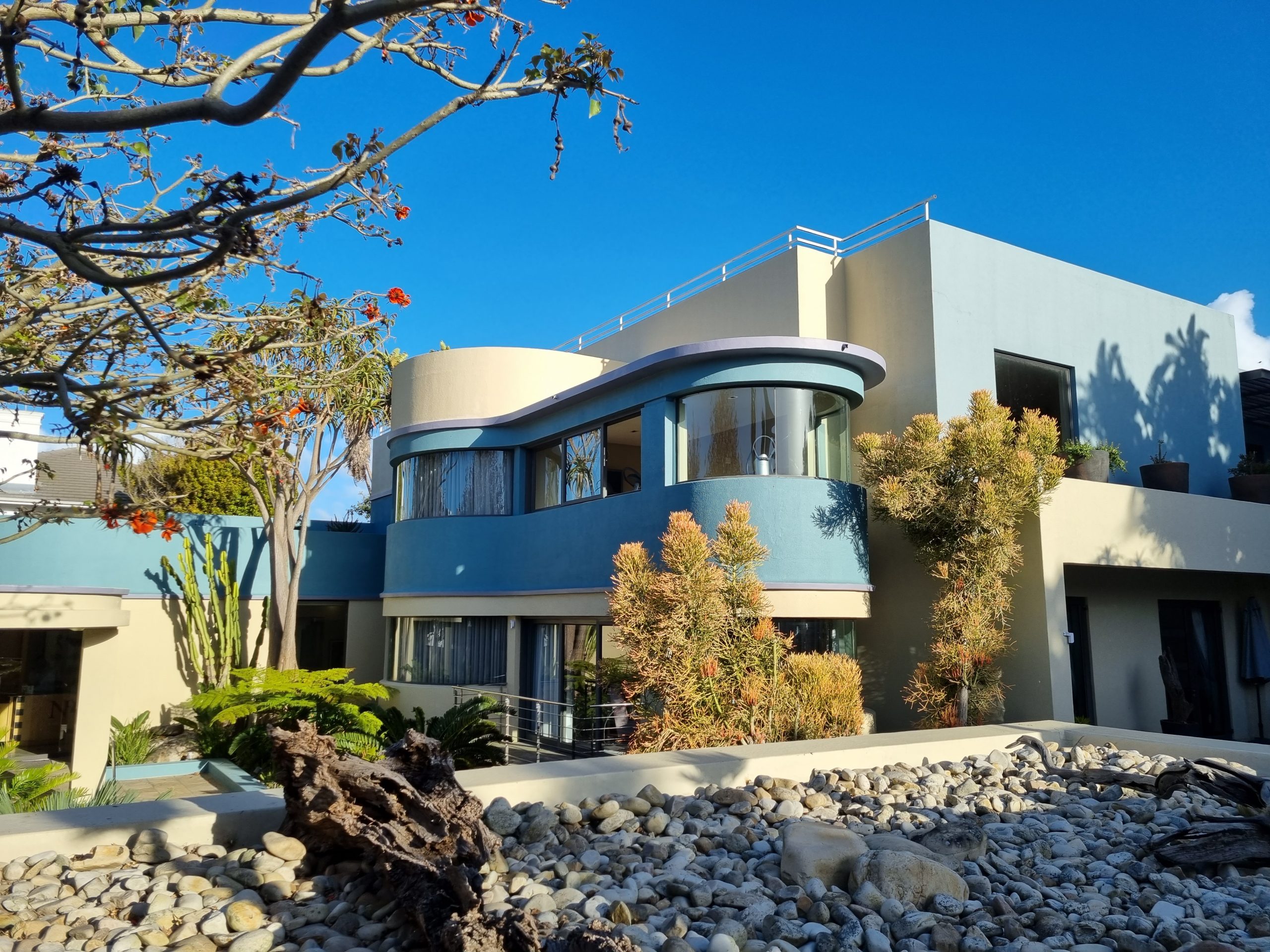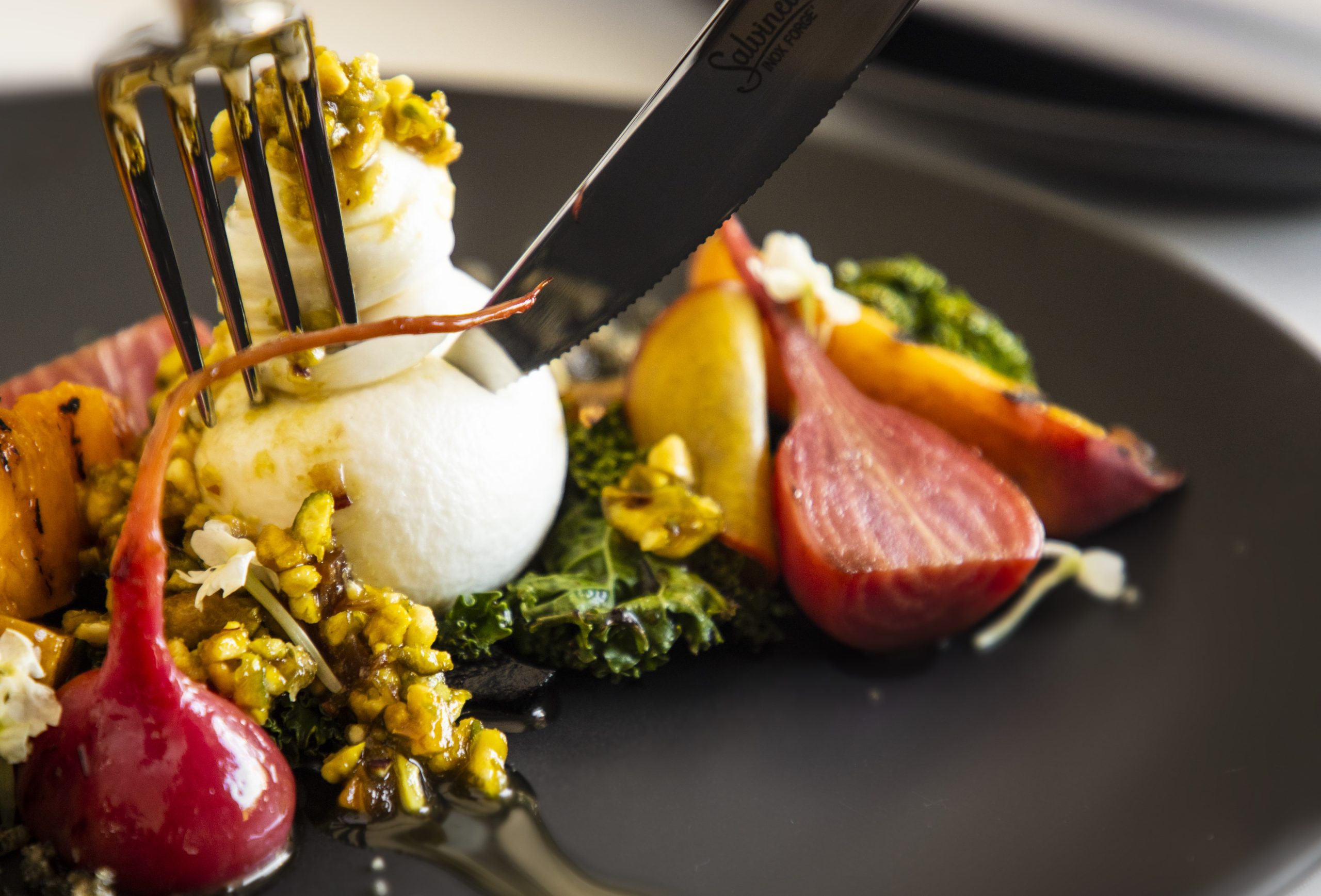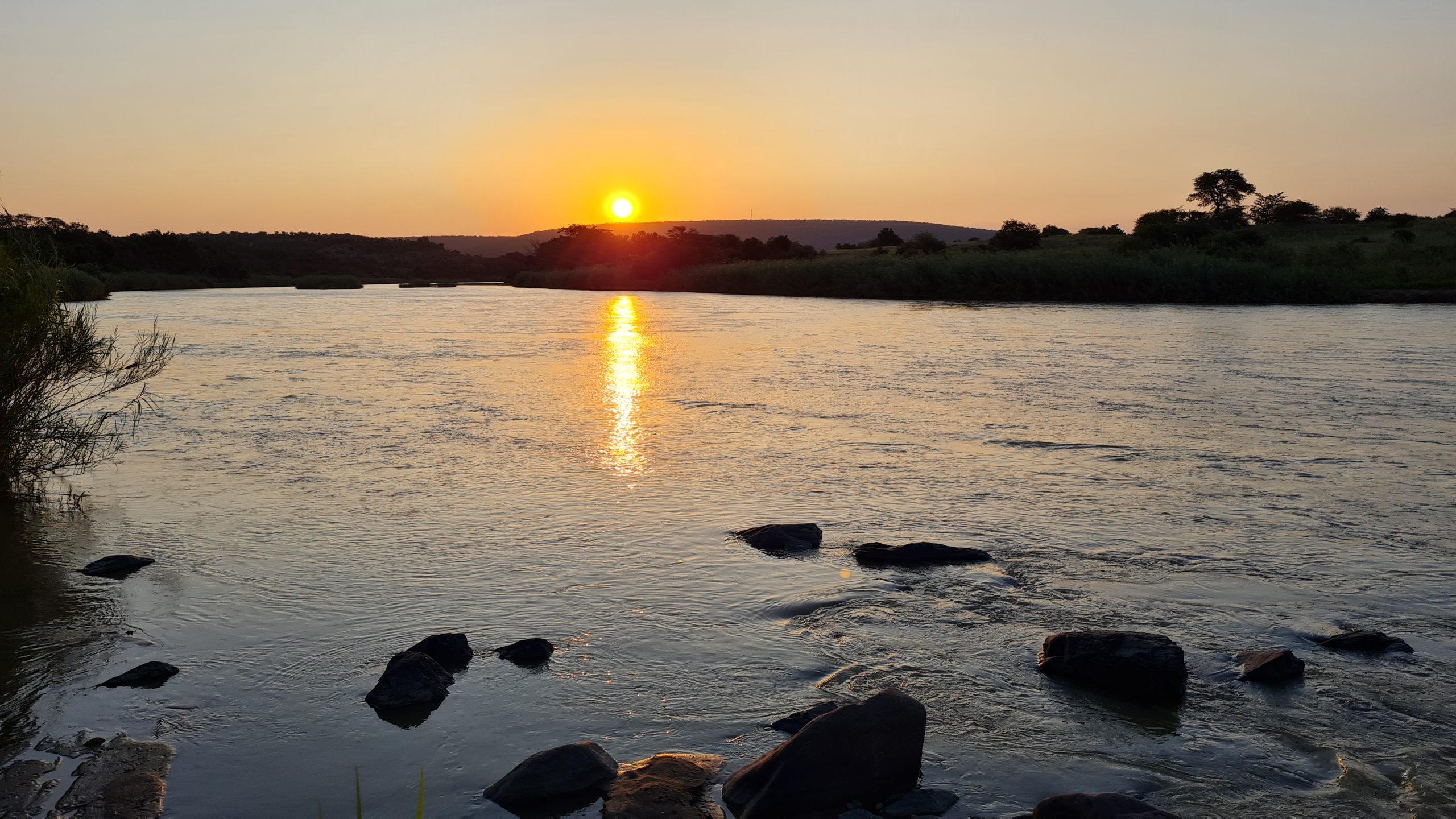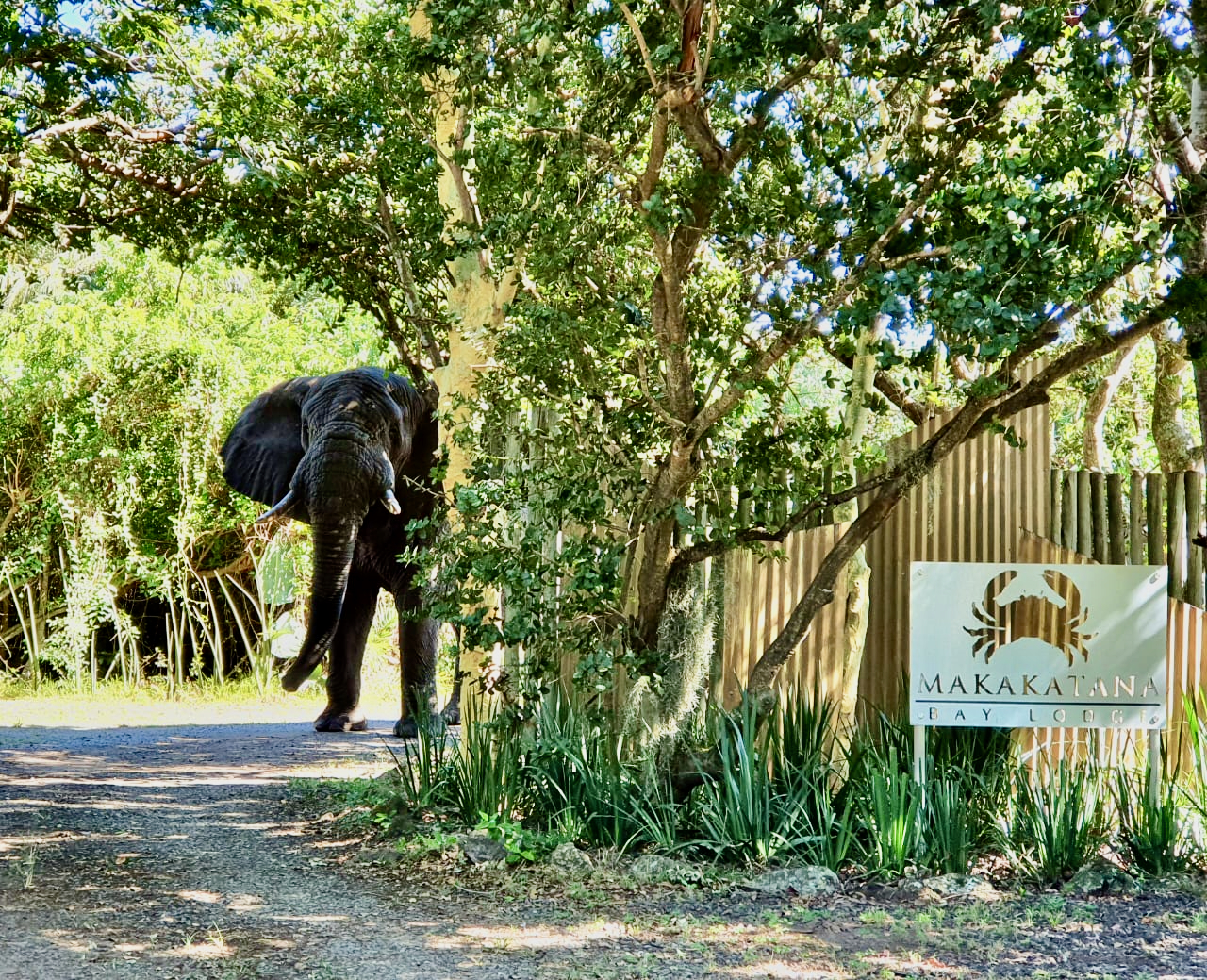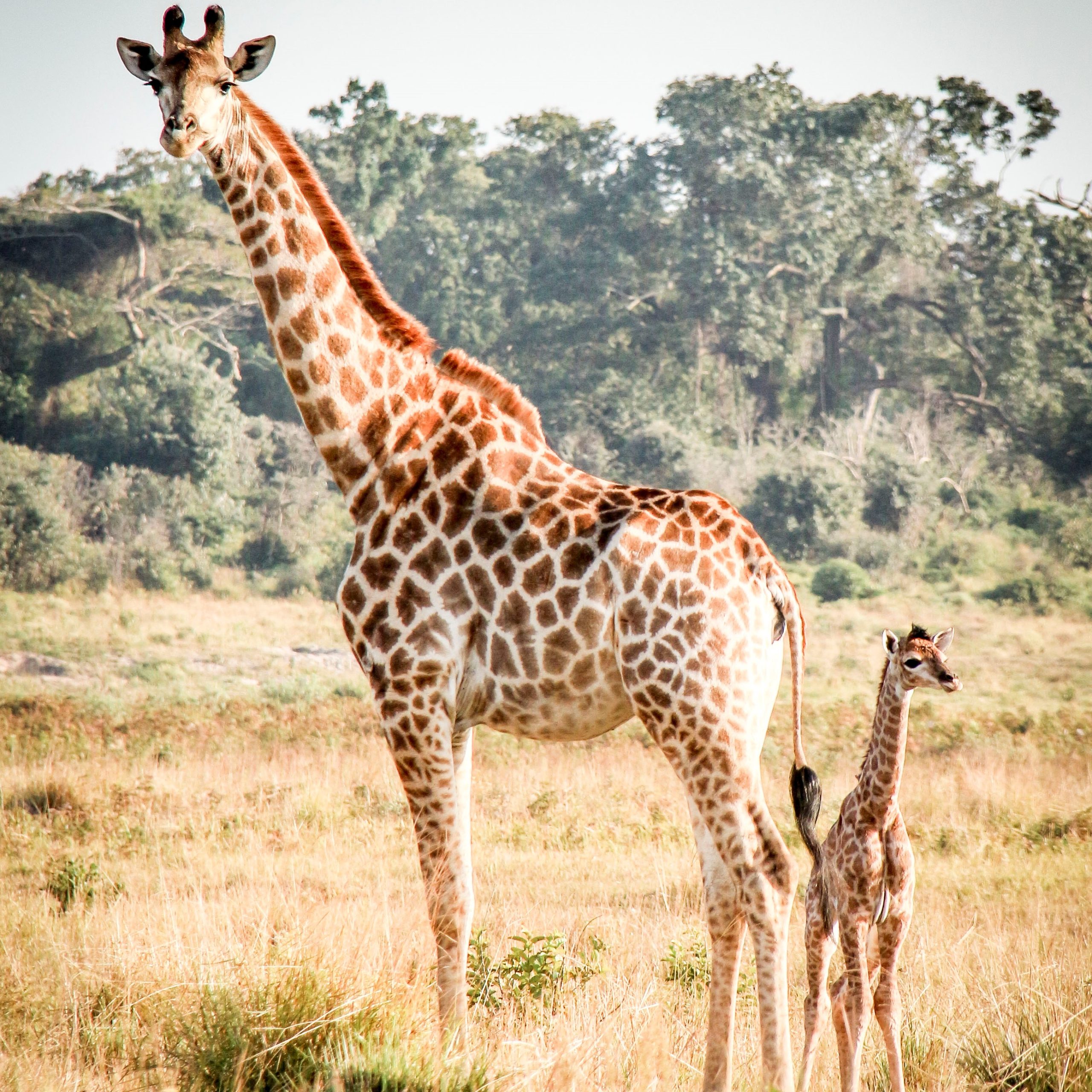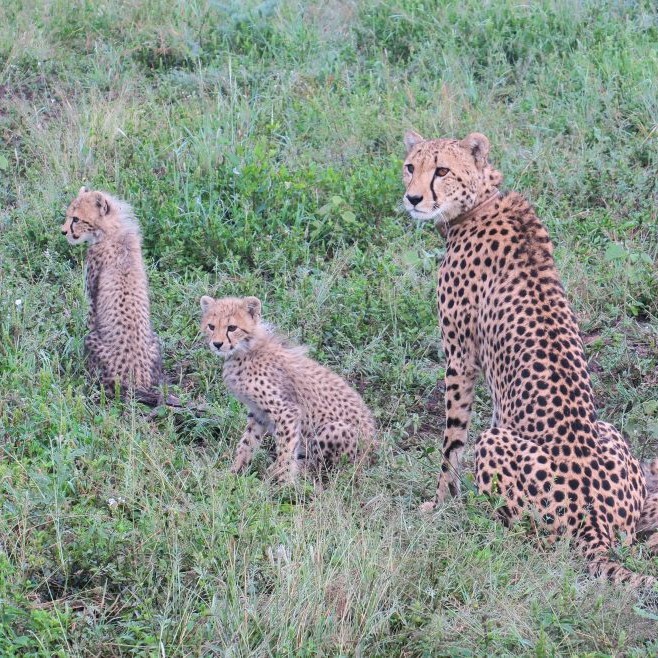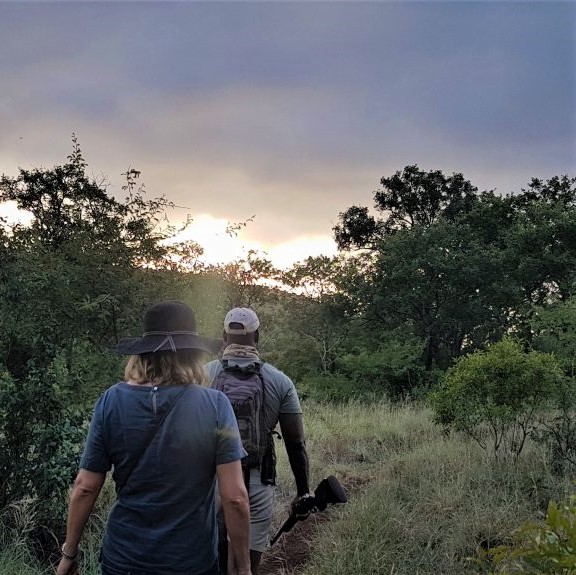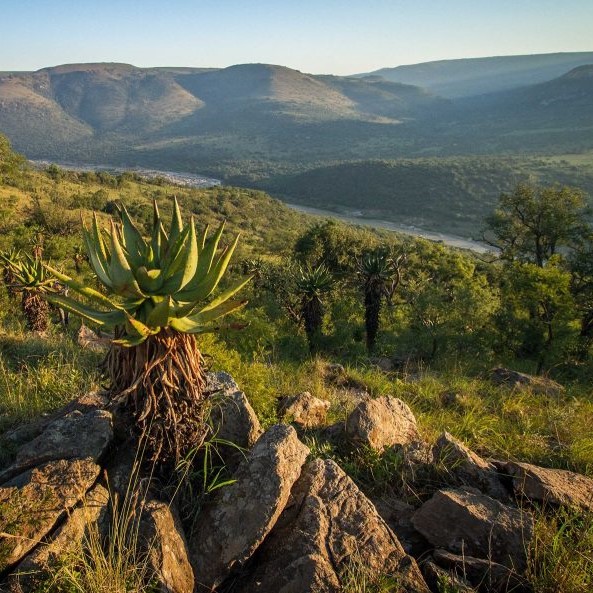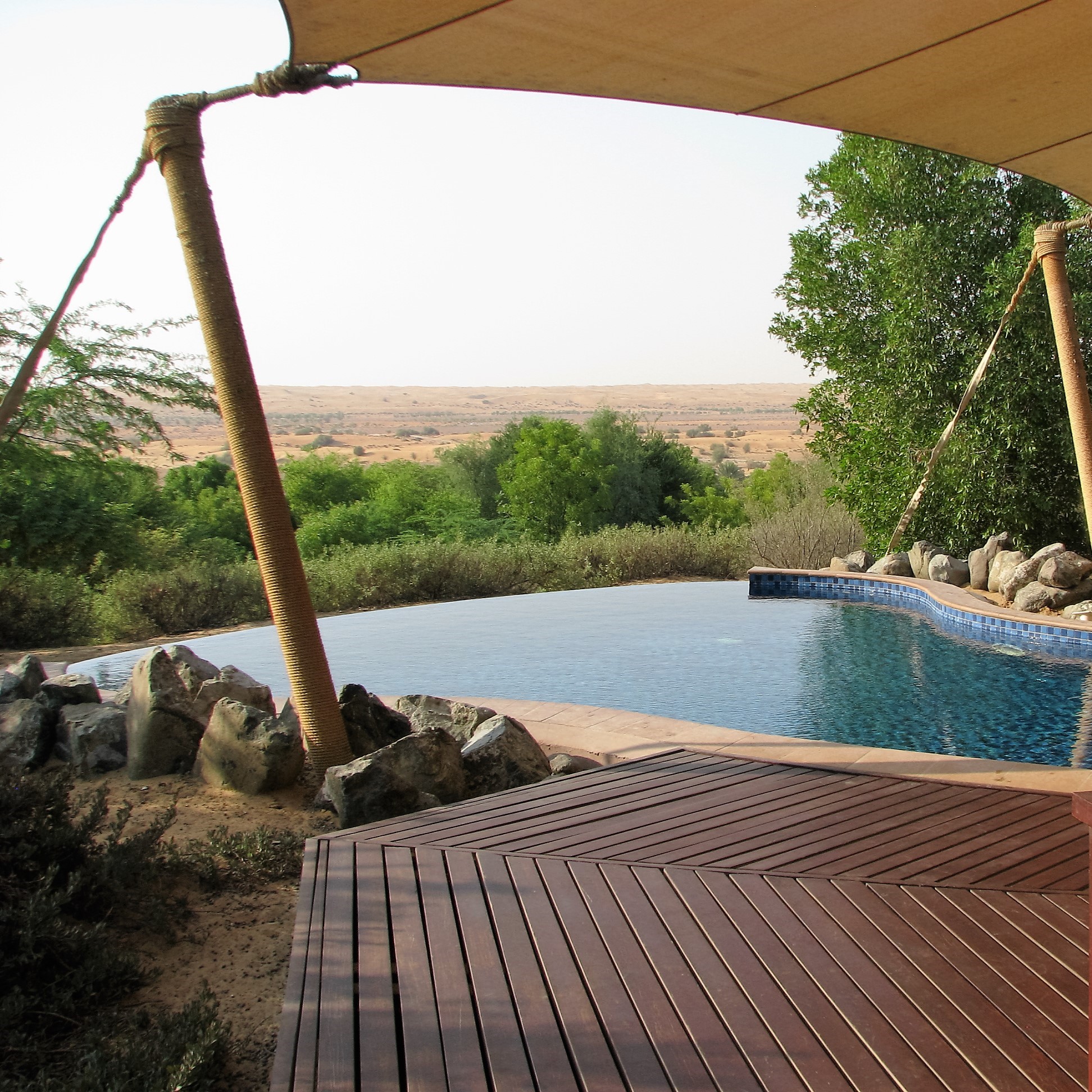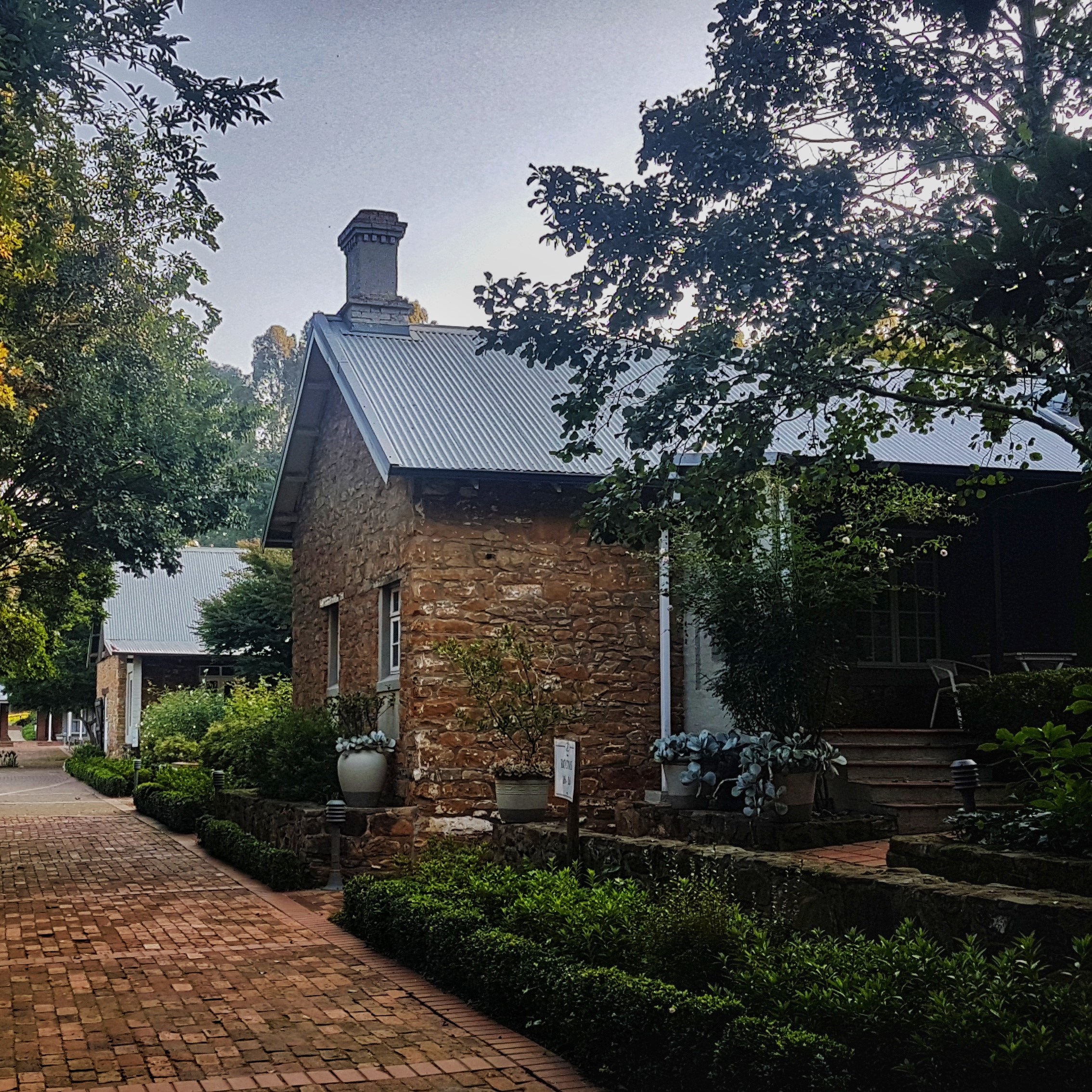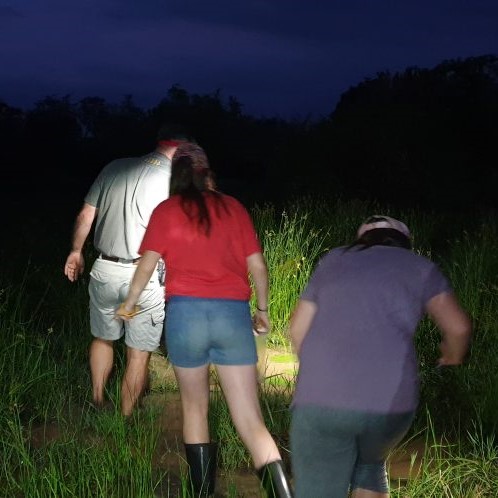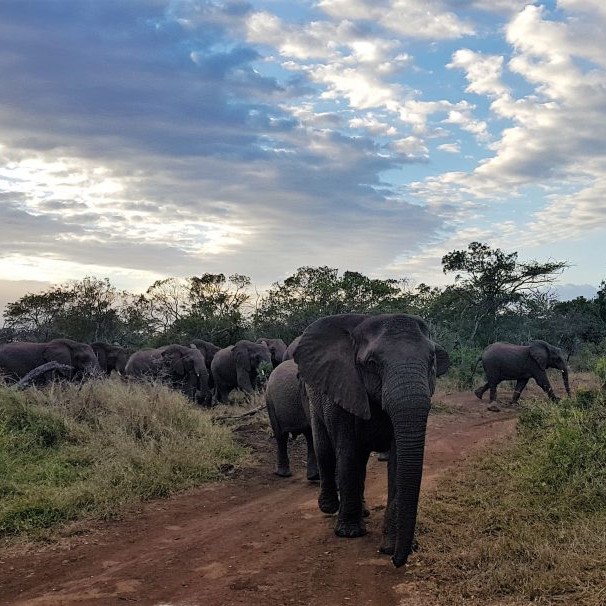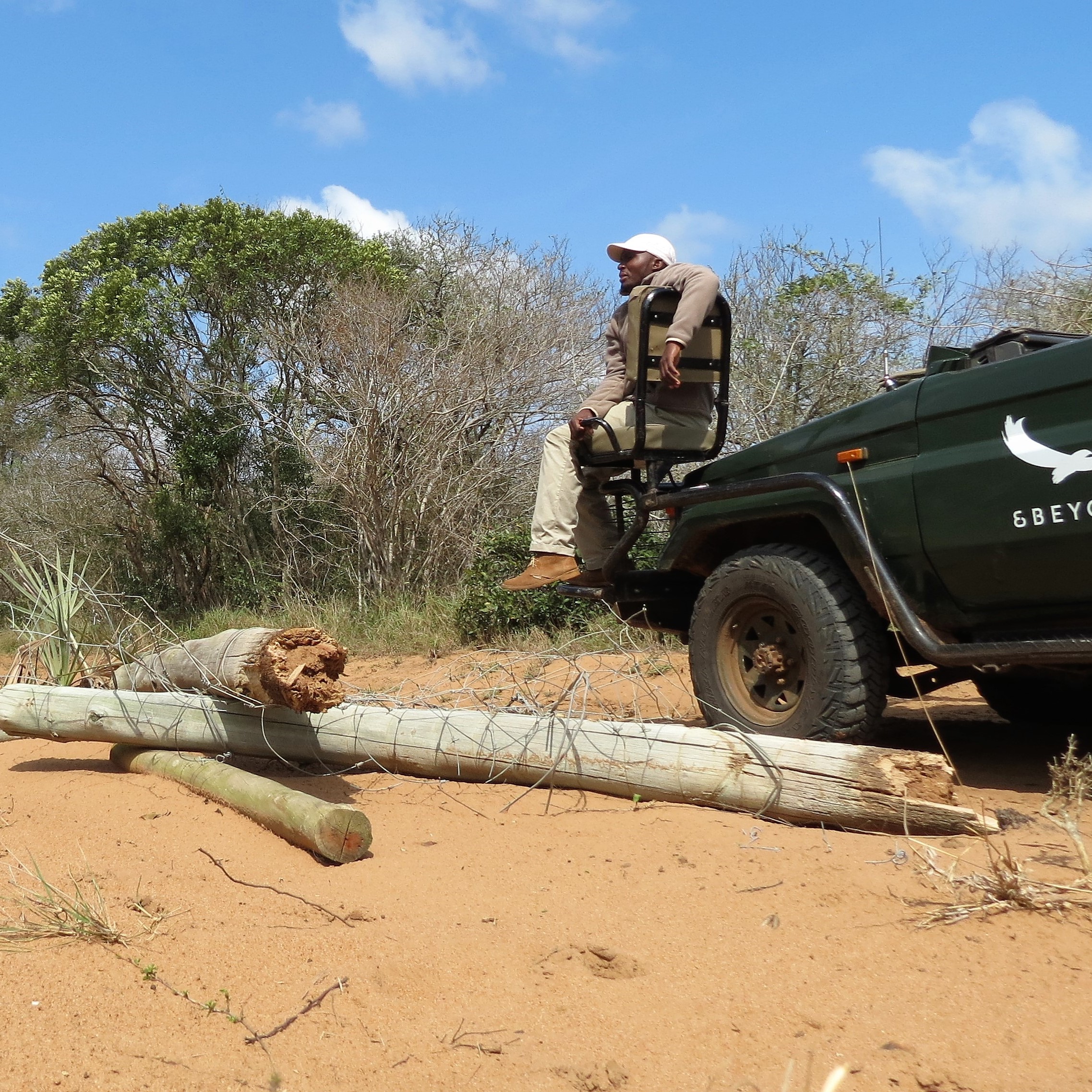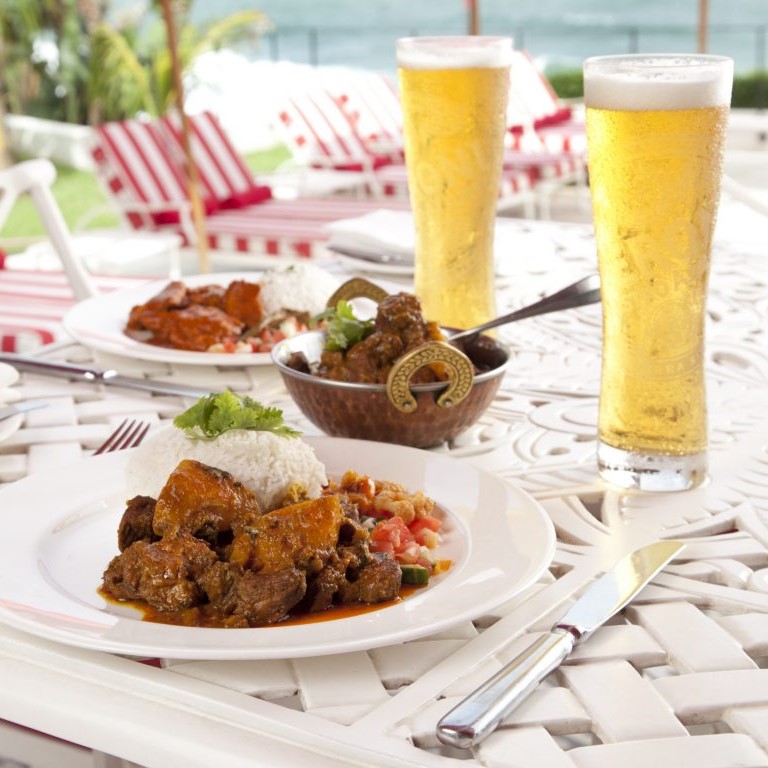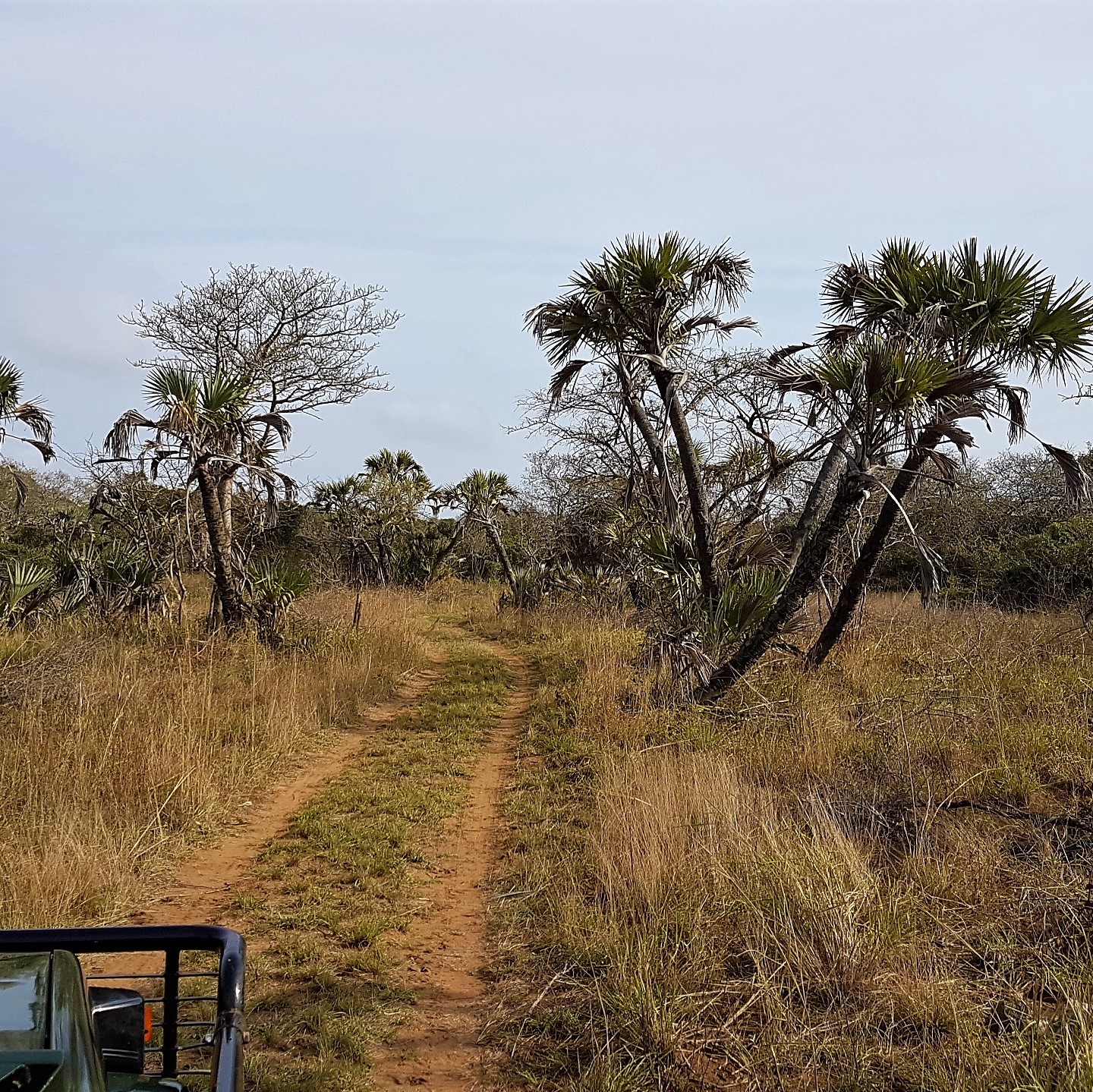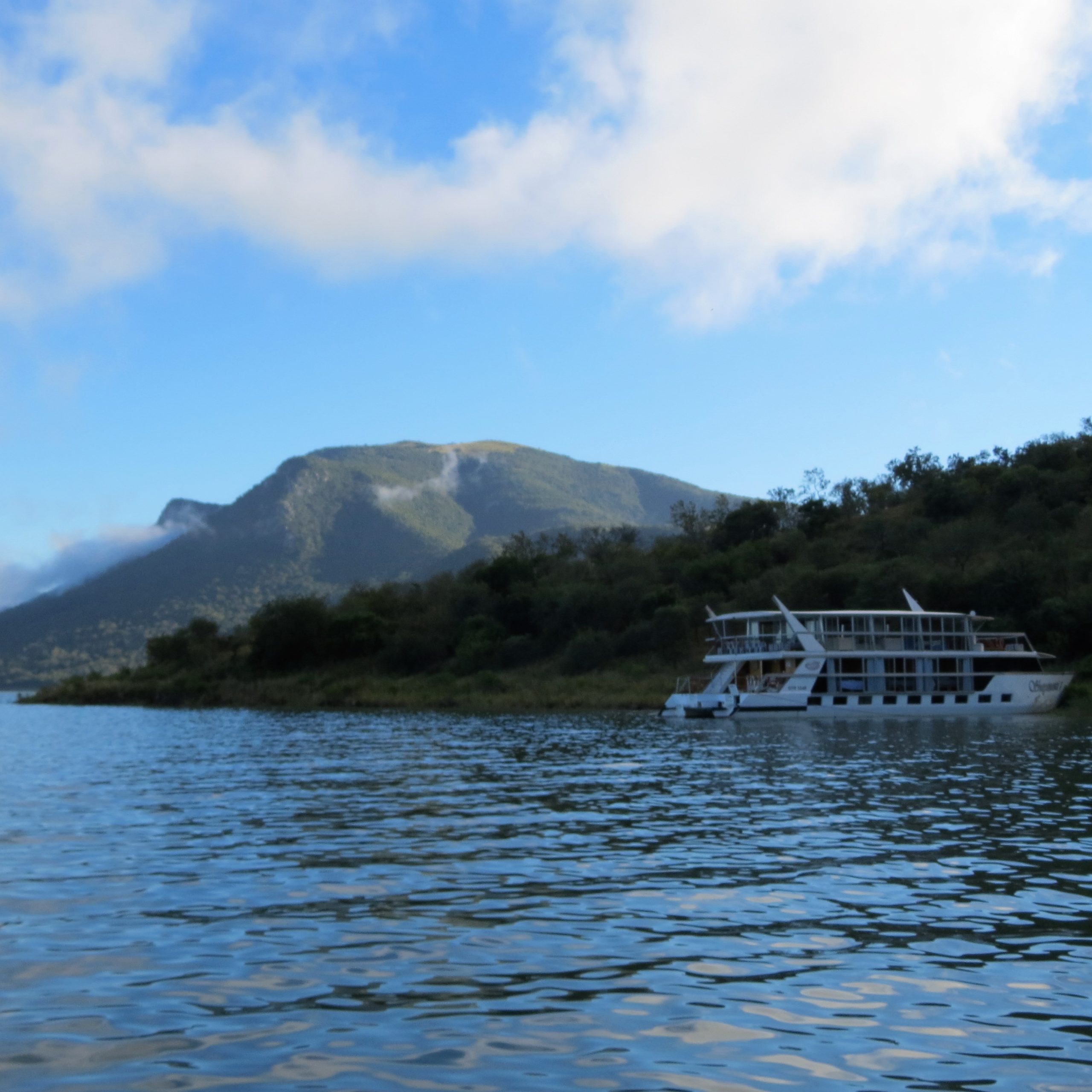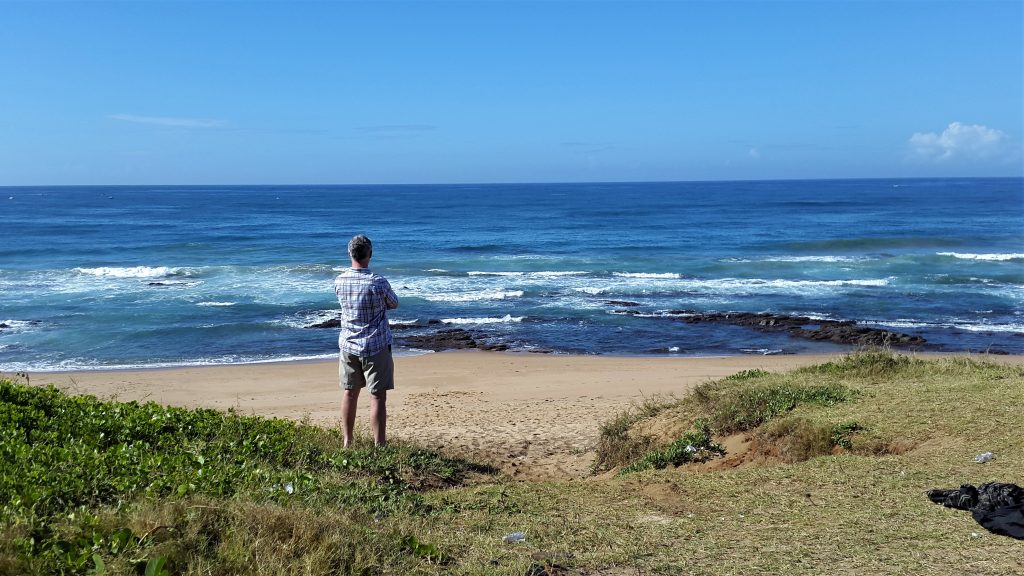
An easy road-trip from Durban found us heading towards the Zululand Coast. An area where the golden shores are gently caressed by the warm waters of the Indian Ocean, offering idyllic beaches and crystal clear waters. Where further inland, are endless rolling hills, meandering valleys, and grassy plains teaming with wildlife. Forest sanctuaries and misty mountain peaks create an atmosphere of peace and tranquility – interrupted only by a plethora of bird calls. This is where the fascinating culture of the Zulu people – known as ‘the people of heaven – with its rich tradition and symbolism comes to life.
As you cross the Thukela River you’re in historic territory of John Dunn – legendary hunter, trader and white chief of Zululand. He was a man born of Scottish parents, who at the age of 18 moved with his young wife to the unexplored territory of Zululand. Here he met Cetshwayo, son of the Zulu king Mpande, and heir apparent, and was asked to become his advisor. He agreed and was made Chief of the fertile coastal region known as Ongoye, stretching from the Thukela to the uMhlatuze River in the north. Here he adopted the culture and customs of the Zulu people, and against the disapproval of his wife ended up taking 48 Zulu wives and siring at least 117 children in the next few decades!
A short drive after crossing the Thukela River, the historical boundary between the British dominated Natal and Zululand – home of the Zulu nation, you’ll find the Amatikulu Nature Reserve – a wonderful beach and bush destination. But we weren’t here for either of these… it was the delicious long lunch to be had at the PRAWN SHAK that we were after. The Shak is a rustic wooden structure surrounded by coastal forest and nestled amongst sand dunes, its upper deck – the restaurant area, offering expansive views of the ocean. The dress code is feet-in-the-sand casual, the prawns delicious and the beverages clearly ever-flowing. Never fear though, all this glass gets repurposed as flower bed edges, crushed to be used in building materials or recycled.
Cutting lunch short, we headed to RICHARDS BAY. When you mention Richards Bay, generally most people think industry and busy harbour. And they would be correct, as this town is home to some industrial heavy weights such as Hillside Aluminium, Richards Bay Minerals and Foskor, amongst others. And it has the deepest natural harbour in the southern hemisphere as well as the largest coal export facility in the world. So why were we heading to Richards Bay, you ask? Besides its wonderfully subtropical climate, wonderful wetland scenery, dune forests and un-spoilt beaches, it’s a great location to explore the region.
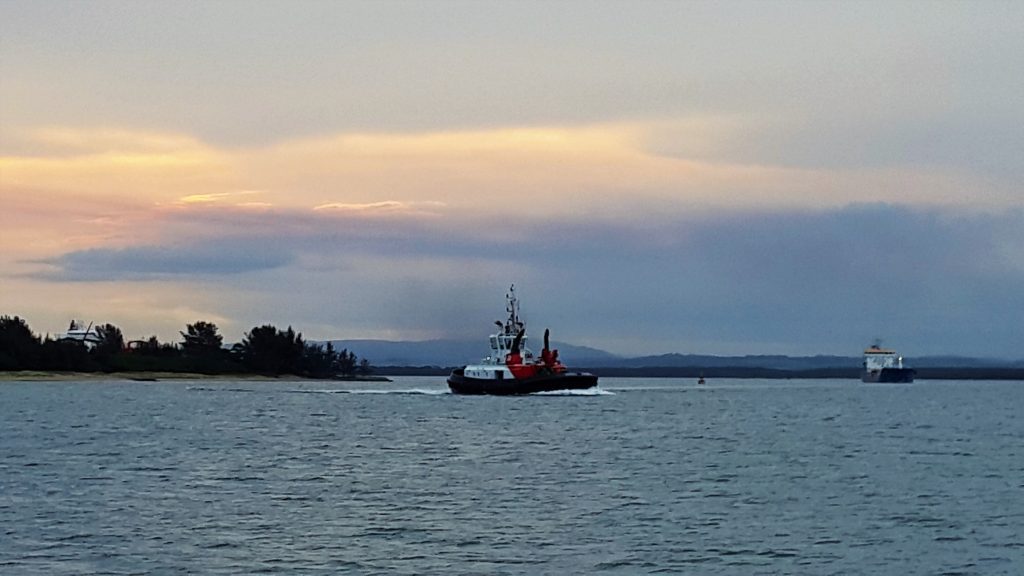
The TUZI GAZI WATERFRONT – so named after the uMhlatuze and Mzingazi rivers that flow into the harbour, is situated west of the beaches and has a vibrant atmosphere, shops, pubs, restaurants, walk-on moorings and great views. A sunset cruise on a catamaran is the ideal way to understand the expanse of what is South Africa’s largest natural harbour. Motoring past the tugs and ships one catches a glimpse of the bulk port in the distance, where a steady stream of large vessels wait to transport South Africa’s wares to distant shores. Sea gulls fly overhead as we pass a small fishing boat, surf skis cut through the water powered by lithe bodied athletes and a fish eagle briefly hovers above, it’s call the quintessential sound of Africa. We pass Naval Island, then Pelican Island and its secluded bay, a popular swimming beach for locals, and the Marina, with its high end residential homes and luxury yachts before heading back for a night of cocktails and dancing at the waterfront club Le Cabana.
Come rain or shine, be sure to pop in to ….. for an ice cream when visiting the Tuzi Gazi Waterfront. They are hand made by local entrepreneur… and really great value for money.
We stayed at the INDABA LODGE RICHARDS BAY, ideally located in the leafy green suburb of Meerensee. Recently refurbished and renovated, I loved the sense of place that was clearly evident… from the yacht themed artwork in our room to the beautifully carved wooden fish in Trevallys restaurant and bar – fishing is a big thing in this part of the world, and a trevally (part of the jack family) is a prize catch for any marine fisherman. Our room was quiet and comfortable, and the buffet dinner and breakfast delicious. But best of all is that its super conveniently located to all the fun stuff in Richards Bay as well as further afield… be sure to plan for numerous days though, as there is much to explore in this region!!
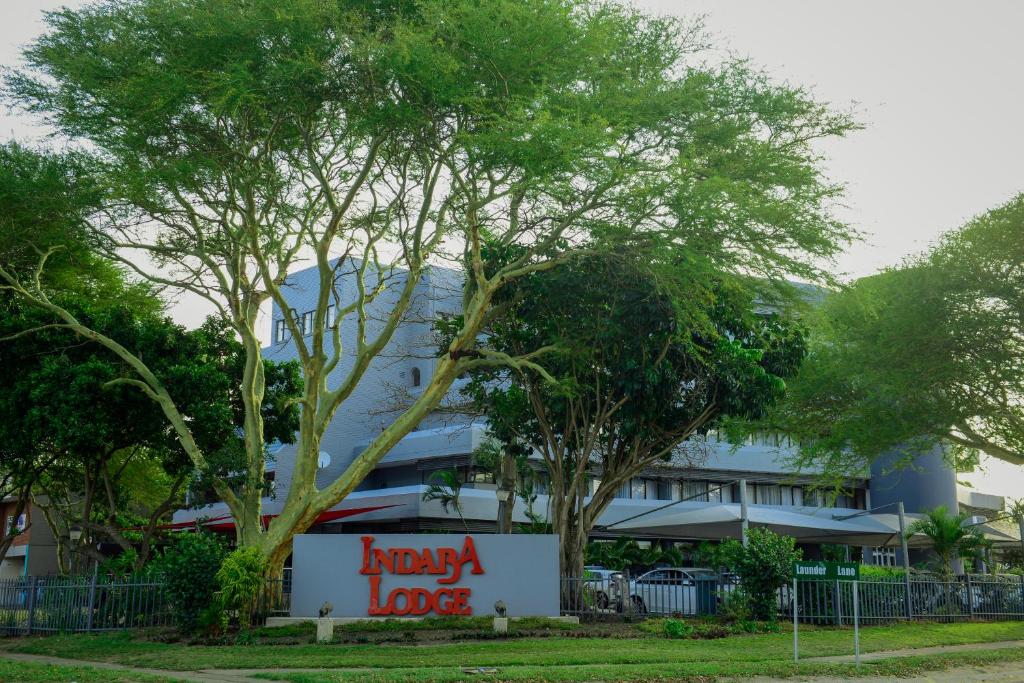
7 cool things to do in Richards Bay: swim in the ocean at Alkanstrand Beach; take kite surfing lessons – a popular past-time in the area; ask a local about the 4X4 track at Lake Mzingazi; cycle to Pelican Island and be rewarded by a dip in the bay; go mountain biking on one of the off road trails, but be sure to ask a local which are the safe options; go deep sea fishing; go whale watching in season.
Start your exploration in the pretty village of MTUNZINI, home to the rare Palmnut vulture, the Raffia Palm Monument and the Umlalazi Nature Reserve. Activities include boating, canoeing and fishing on the lagoon, bird watching as well as walking through the pristine coastal forest and mangrove swamps. Take the easy walk through the mangrove swamp near the main parking area and besides great examples of black and white mangrove, you get to walk past Dunn’s Pool – a man-made ‘bathing area’ dug out of the banks of the Mlalazi River to keep Joh Dunn’s wives and family safe from crocodiles and hippos.
The close bond between Dunn and Cetshwayo, who had now become king, resulted in him becoming one of the wealthiest and most powerful chiefs of Zululand. This relationship was however diminished as the inevitability of war with the British loomed, and suspicions of his allegiances mounted. During the night of Old Year’s Eve 1878, Dunn and his family along with 2,000 of his supporters and over 3,000 head of cattle were ferried across the Thukela into British Natal. Offering his services to the British he briefed them on the terrain of his former kingdom with his first involvement in the war being at the Battle of Gingindlovu. After the defeat of the Zulu army at Ulundi and the arrest of Cetshwayo, Dunn was given back his former chiefdom with increased powers and more land. It was not a ‘happily ever after’ story however, as he despised being under British rule and after some time washed his hands of all involvement with the British and retired to spend the rest of his life as a cattle farmer on his farm Emoyeni , outside Mtunzini. He died there at the age of 71, survived by 23 wives and 79 children. His descendants are still farmers in the area to this day.
Driving inland towards Gingindlovu, you pass hectares of pine plantations, fields of sugar cane and an artisanal rum distillery. The TAPANGA RUM DISTILLERY was started by a group of sugar cane farmers with the passion for producing rum from only the finest natural ingredients. The emphasis here being on quality, and using their own fresh sugar cane juice, the quality of this single estate rhum agricole (a French term for cane juice rum, originally distilled in the French Caribbean islands from sugar cane juice rather from molasses) is assured. The sugar cane is harvested by hand, then crushed, extracting fresh sugarcane juice. This juice is pumped into very cool looking fermentation tanks, the fermented cane juice is then pumped into their state of the art still – named ‘’ Nandi’’ after King Shaka’s mother. After distillation the rum is either placed in solid oak barrels and aged for the Tapanga Gold Rum, or bottled as is for the Tapanga White Rum. The beautiful bottles are labelled by hand with distinctive hand written batch numbers.
We head towards Eshowe and the Dlinza Forest, a 250 hectare forest uniquely situated within the urban environment of Eshowe. It is probably the most accessible forest in the region and is visited by birdwatchers from all over the world hoping to catch a glimpse of rare bird species such as the Spotted Ground Thrush and Eastern Bronze-naped Pigeon. Early morning is the best time to visit when the forest echoes with the calls of Trumpeter Hornbills, Purple-crested Turacos and Narina Trogons, just a few of the 65 forest bird species in Dlinza. The Dlinza Forest Aerial Boardwalk, a 125-metre boardwalk, at an elevation of 10 metres, allows visitors to walk right under the canopy of Dlinza’s indigenous scarp forest and culminates in a 20-metre observation tower with a breath-taking view. Find yourself a local birding guide and head into the forest – the summer months are great for birding and the region offers birders the opportunity of some very special birding ‘ticks’. The nearby Ongoye Forest is home to the endemic Ongoye Red Squirrel, numerous special plants and invertebrates as well as being the only place in Southern Africa to see Woodward’s (Green) Barbet.
Another must see in Eshowe is the Fort Nongqayi Museum Village in Eshowe where a visit takes you back to a time when the three turreted fort housed the barefoot Zulu police (the Nongqayi) whose task it was to protect the British administration after the Anglo-Zulu War. The fort houses the Zululand Historical Museum and covers a wide range of local interest from natural history to missionary history and from wars between kingdoms to battles against the tsetse fly. The Vukani Zulu Cultural Museum houses some of the best Zulu arts and crafts work collected over the years, with several of the artists receiving international recognition for their work. The Vukani Association was formed more than 30 years ago in an attempt to revive the then-dying art of basketry. Through Vukani, men and women have pooled their inherited knowledge of grasses, palm leaves, natural dyes, beadwork, woodcarving and ceramics to produce a range of contemporary items with a traditional theme which has created a new market for the crafters of Zululand. Shop for locally made Zulu craft, pop into the missionary chapel and before you leave be sure to enjoy a cuppa tea in a 19th century corrugated iron settler’s house.
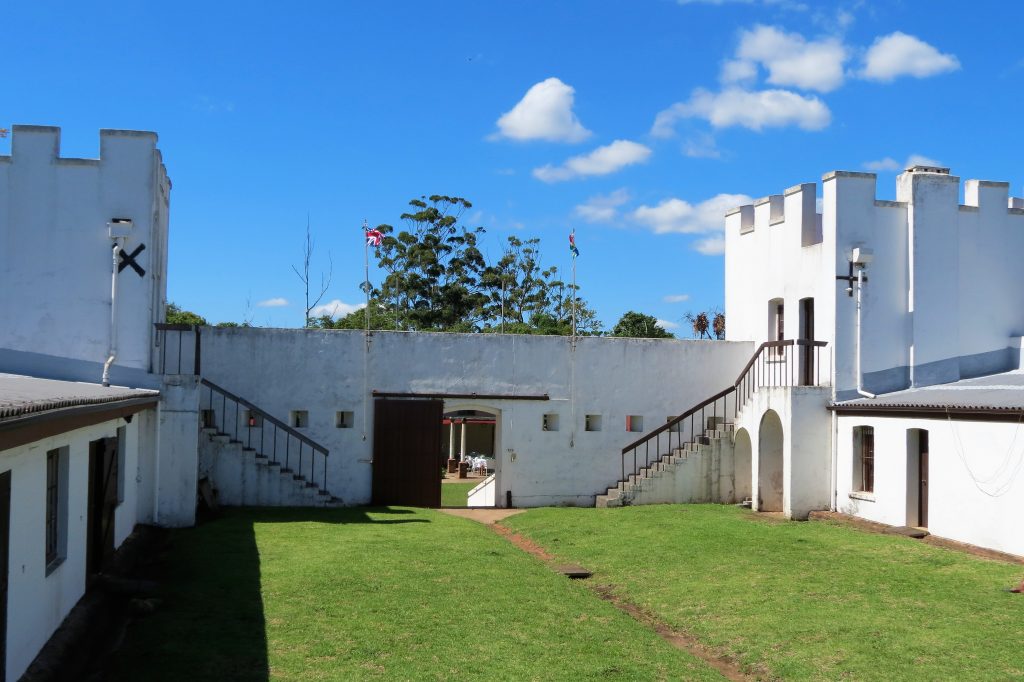
Follow the Zululand Heritage Route, known as Route 66, for greater insight into the history of the region. Along the route one can experience Zulu culture and hospitality first hand at Shakaland or Simunye Zulu Village – be greeted with traditional dance, learn the culture and sip on Zulu beer… and then pop into the Zamokhule and Ndundulu roadside market for fresh fruit and locally made curios. Mtonjaneni Lodge is a fabulous place to stop for lunch with its expansive views across the eMakhosini Valley, known as the Valley of Kings… it was here that King Shaka grew up and later established his Royal Residence.
Nearby is the Emakhosini Memorial, which stands on a lookout hill and has a huge bronze beer pot as its centre piece. The pot is surrounded by friezes depicting everyday Zulu life. Surrounding the pot are seven large animal horns symbolising the seven kings who lie buried in the valley. A full-time tour guide is on hand to offer information and point out important sites.
The Mtonjaneni Zulu Historical Museum has an exceptional display of artifacts from the Anglo Zulu War and from here a guided tour of King Dingane’s Spring can be undertaken. It was Zulu tradition that the king should have exclusive access to clean drinking and bathing water, and every day girls would be selected to walk the 8km from the Royal Household at Umgungundlovu to this spring where they collected water in clay pots for King Dingane KaSenzangakhona.
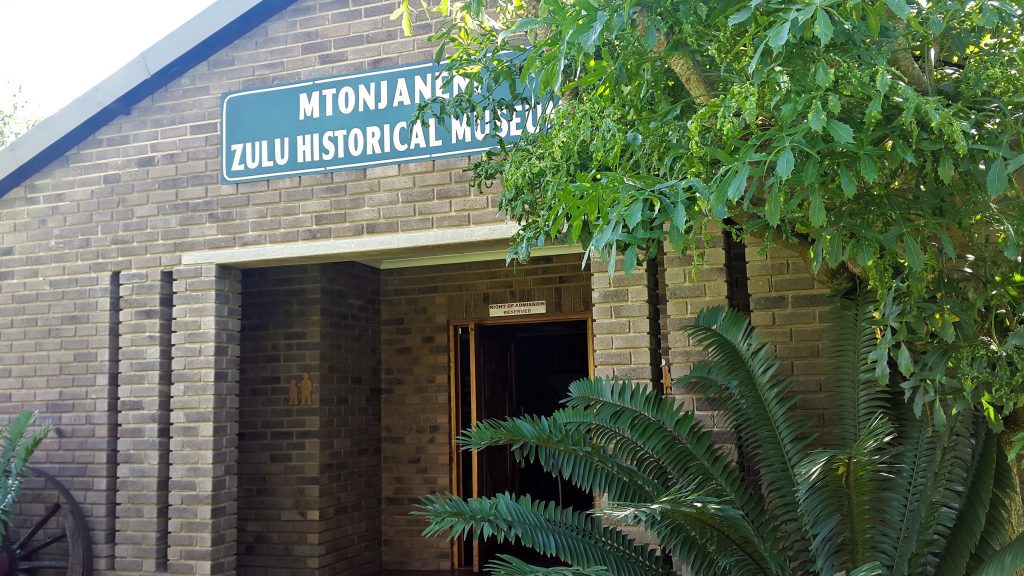
On the route P230, back towards Empangeni is the KwaBulawayo Heritage and Cultural Site. This is where King Shaka established his military headquarters and is also where the legendary Mzilikazi betrayed him. Legend has it that, during its heyday, KwaBulawayo boasted 30 000 bee-hive huts, making it the biggest city in Africa at the time. It was here that young men were vigorously trained into strong warriors, setting the foundation for the rich and profound history of the mighty Zulu nation. In 1823 Shaka was triumphant, with his army conquering the neighbouring clans to create one mighty nation that was supreme and his followers delirious with success. The raids that King Shaka was so well known for were suspended during the hot summer as his people tilled the fields and made spears and shields. Winter was the time for war and raids were launched wherever a tribe could be found still in the possession of cattle or other forms of wealth.
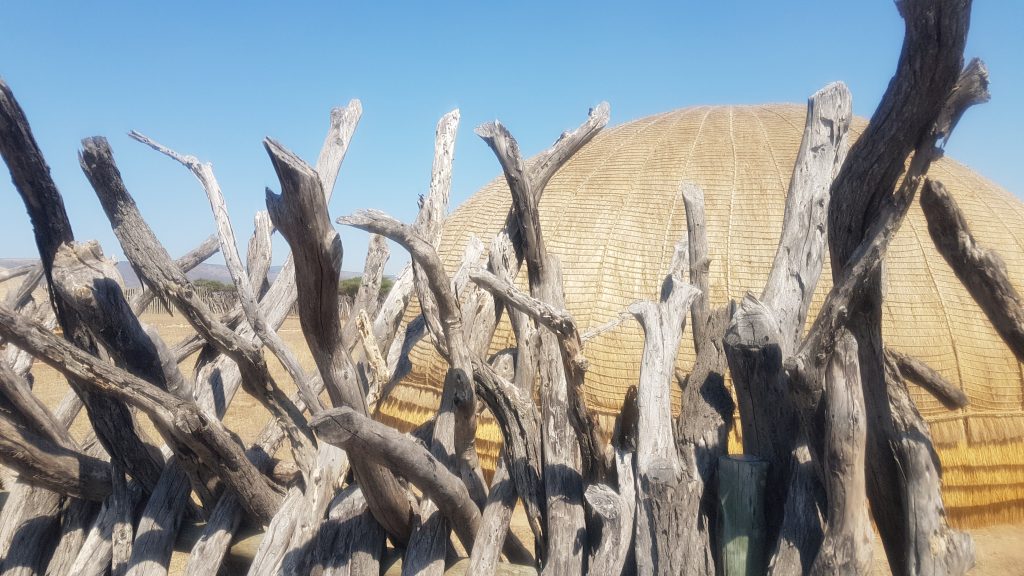
Cultural tourism is inextricably linked to economic upliftment,and previously disadvantaged communities are applying their traditional skills to meet visitor’s interests. Many tourist destinations offer insightful opportunities to experience living Zulu culture at first hand whether through homestays or dining experiences at a local tavern or restaurant.
For an extra special experience organise a visit to a traditional Zulu ‘Umuzi‘
No visit to this region would be complete without a wildlife experience, and fortunately there are a number of day options within an easy hour’s drive from Richards Bay. There is an extensive network of nature reserves and game parks ensuring an abundance of flora and fauna to delight the visitor – from several hundred bird species, many species of antelope, hippo, cheetah, giraffe to the Big Five…lion, leopard, elephant, buffalo and rhino. One such place is the ENSELENI NATURE RESERVE on the outskirts of Richards Bay. The reserve consists of coastal grasslands and forest and the Nseleni River provides a freshwater habitat. There are a number of unusual species for birders to appreciate, but it’s the two trails, offering fantastic scenery and the opportunity to see game that delights visitors. Game species occurring in the reserve include giraffe, wildebeest, zebra, impala, reedbuck, waterbuck, bushbuck, bushpig, red, blue and grey duiker, hippopotamus, crocodile, large-spotted genet and the shy bushbaby.
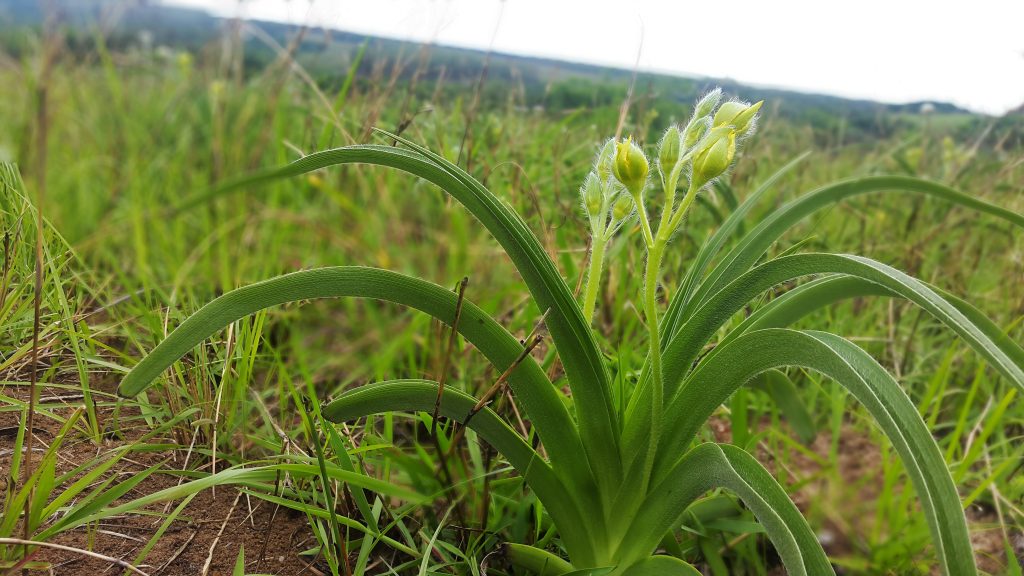
Head out through Empangeni towards THULA THULA PRIVATE GAME RESERVE, home of Francoise and the late Lawrence Anthony – conservationist and bestselling author (you’re probably familiar with The Elephant Whisperer, The Last Rhinos and Babylon’s Ark). Thula Thula is committed to the protection and enrichment of its indigenous and endangered species and is home to a wide variety of species, both great and small. Their ‘Day Visitor’ programme offers a variety of game drive and dining options.
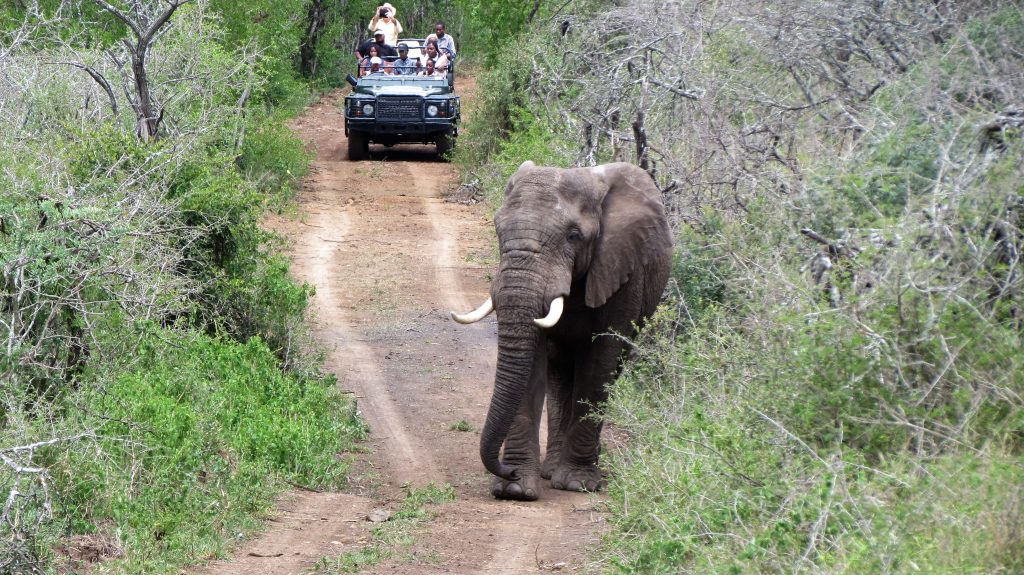
Should you wish to undertake a self-drive safari, head north along the N2 from Richards Bay towards to Africa’s oldest game reserve, the HLUHLUWE IMFOLOZI GAME RESERVE. Not only is the Hluhluwe iMfolozi Park credited with saving the once endangered white rhino, but it is also home to many species of antelope as well as large populations of elephant, buffalo and giraffe and predators such as the lion, cheetah and the elusive leopard.
The abundance of wildlife this region has seen the increase in the scourge of rhino poaching over the last number of years. Ezemvelo KZN Wildlife, along with a number of private reserves and conservation bodies in KwaZulu-Natal are coordinating their efforts under a common campaign banner – PROJECT RHINO. This coordinated effort is working towards a solution to curb rhino poaching, and to significantly increase the number of rhino poaching related arrests. These initiatives have seen a significant re-investment in conservation law enforcement and improved training and monitoring, both visual and electronic. So when next you watch this magnificent creature with its pre-historic form, pause a while to appreciate not only the folds of its skin that seem to bear testimony to their antiquity or the near priceless horn that it so sought after, but also the selfless commitment of the rangers that often put their lives on the line for the safety of their rhino.
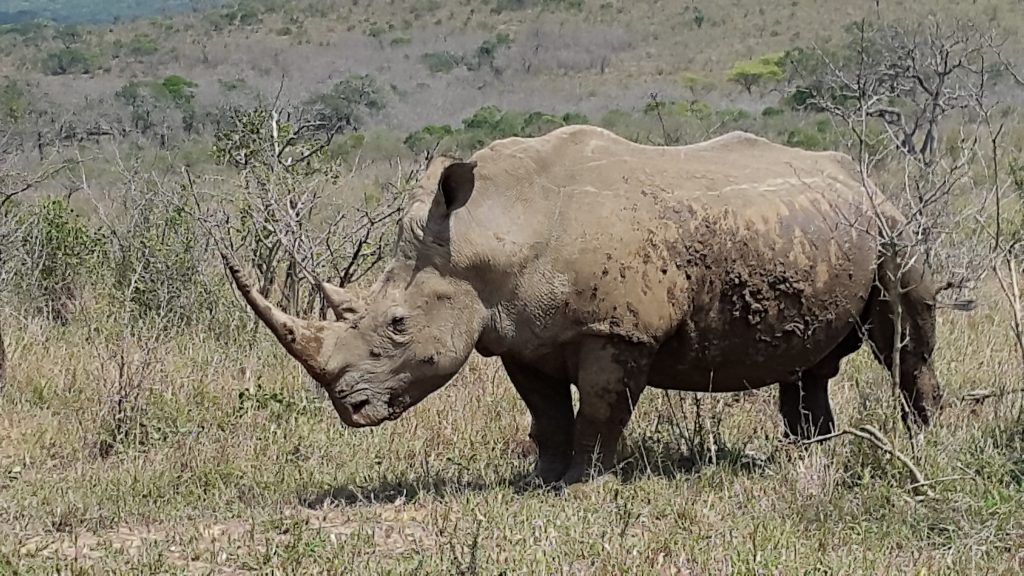
Another option is the ISIMANGALISO WETLAND PARK, South Africa’s first World Heritage Site, proclaimed in 1999 and extending from Maphelane in the south to the Mozambique border. The Eastern Shores section of the iSimangaliso Wetland Park (accessed at the Cape Vidal gate on the outskirts of the town of St Lucia), has several loop roads leading to excellent natural features for bird-watching and game viewing as well as hides and viewing decks such as the relatively new Mfazana bird hide overlooking the Mfazana pan and the Mfabeni viewing deck near Cape Vidal. This region has more than 420 bird species recorded and is home to elephant, rhino, buffalo, crocodile, hippo, hyena and leopard as well as a variety of smaller game. The sea and pristine beaches of Cape Vidal are ideal for snorkelling and angling, as well as nesting turtles during the summer months. Hippo and croc tours on the St. Lucia estuary are another popular activity.
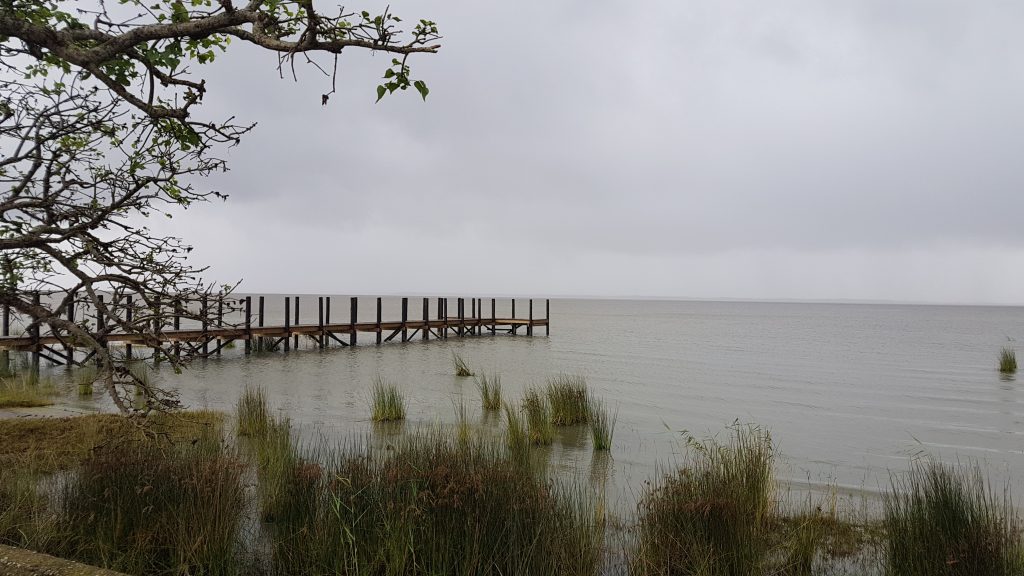
Richards Bay and its surrounding areas certainly offer a variety of activities within a two hour drive, whether you’re in to history, culture or conservation… or all three!



